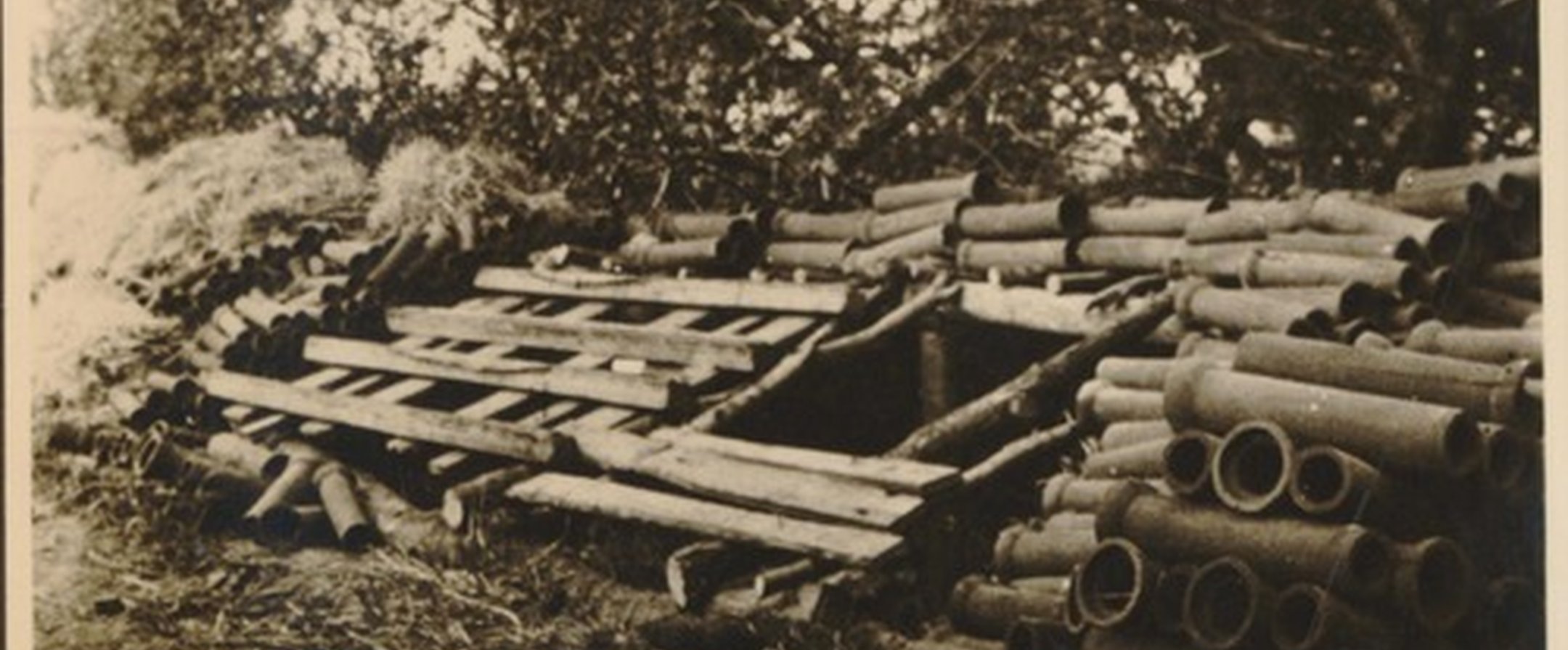Jaap Cohen
“Going into hiding.” When they hear this phrase (in Dutch the term onderduiken literally meaning “diving under”), many people immediately think of one person, Anne Frank, the smart and slightly impertinent teenage girl who hid in a secret annex on the Prinsengracht in Amsterdam for more than two long war years. Posthumously, she became the face and voice of Jewish people who went into hiding.
To what extent was Anne Frank’s situation an “ordinary” example of going into hiding? In her case the move had been well prepared, with eight people on two floors, in the centre of a large city, for a long period and in one place. There were five dedicated helpers and, certainly at the beginning, there was sufficient financial support.
To examine this, we will look at the story of the Secret Annex in the broader perspective of the Jewish people who went into hiding in the Netherlands. This immediately shows a bit more about what it must have been like “to live a non-life” as a Jewish person in hiding in the Netherlands.
